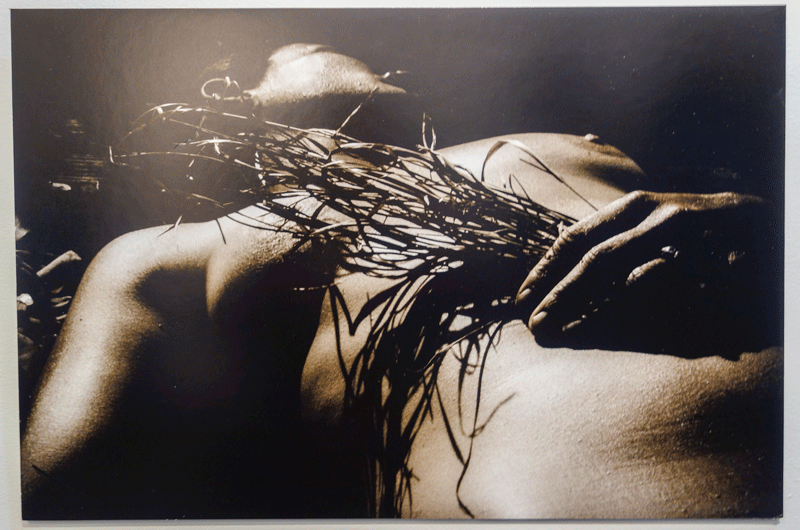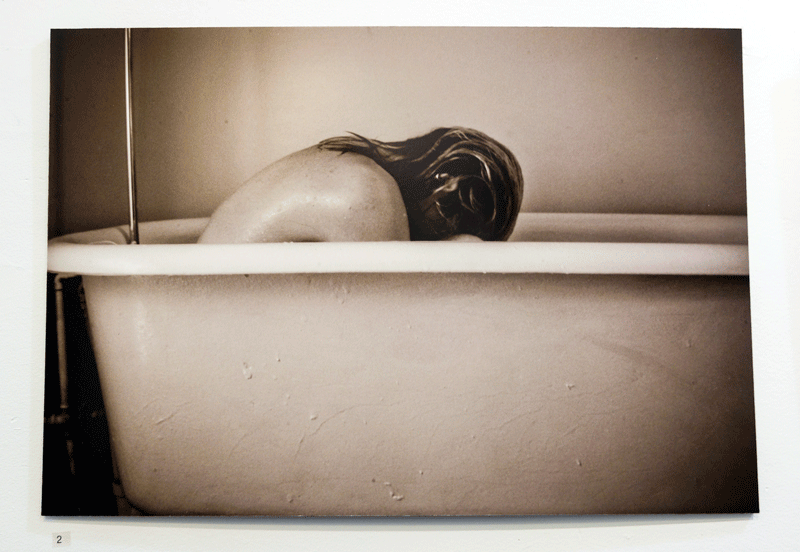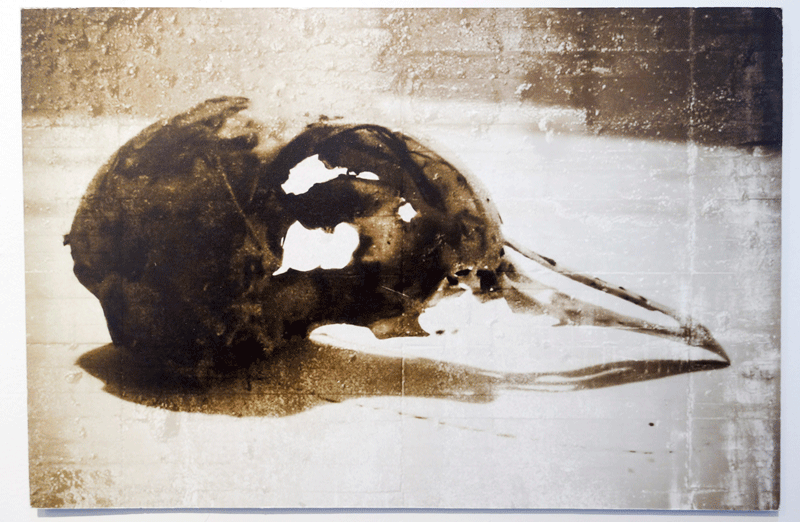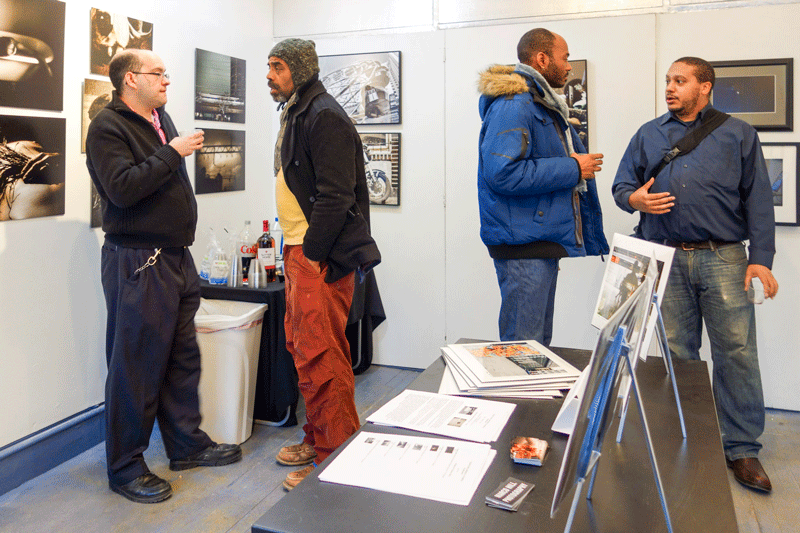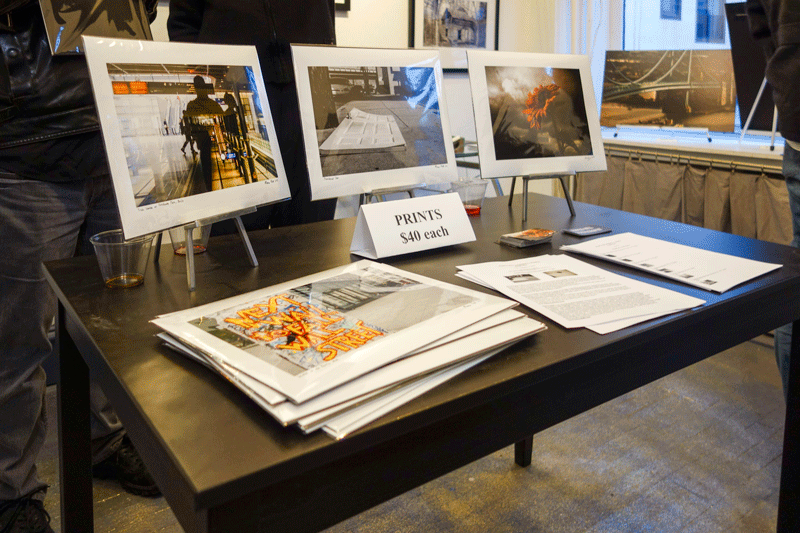 Arnold Brown, Bird’s Song; Toni Kersey, Gospel to Blues (Bessie Smith); Steven Mogck, John Coltrane: and Alan Ginsberg, Java Jive.
Arnold Brown, Bird’s Song; Toni Kersey, Gospel to Blues (Bessie Smith); Steven Mogck, John Coltrane: and Alan Ginsberg, Java Jive.
All That’s Jazz, Philadelphia City Hall Art Exhibit Celebrates Jazz
Philadelphia, PA – Art in City Hall, a program of the City’s Office of Arts, Culture and the Creative Economy presents All That’s Jazz in celebration of April as Philadelphia Jazz Appreciation Month. Works in the exhibit were selected by Richard J. Watson, an artist and member of the Art in City Hall Exhibitions Advisory Committee. A call-for-artists was sent out to the Philadelphia region, seeking works inspired, motivated, and or influenced by the idiom of jazz music in all its permutations. Works were to reflect the essence of the spirit of the jazz idiom, extending well into the depths of imaginative interpretation. An opening reception is scheduled for April 8th, 5-7 pm in the Art Gallery at City Hall, Room 116.
Curator Richard J. Watson, an artist and musician sees the power in jazz:
“There is something about jazz that is as indescribable as it is beautiful. It is a most powerful driving force that has inspired a multitude of visual artists to embrace, absorb and transform sound into substance as they too create visions from within.”
Watson selected 60 artists whose works reflect his vision. The exhibit includes photographs capturing various Philadelphia jazz legends, works on paper, fiber, wood and found object sculpture, abstract paintings inspired by the jazz genre and more.
As Philadelphia celebrates Jazz Appreciation Month, visual artists from the region show how the music affects their work. Here is the list of participating artists:
Marlene Adler, Anne Andrei, Steven Berry. Rachel Bliss, Tanya Bracey, Chris Brizzard, Arnold Brown, Martha Bush, Constance Culpepper, Donna Douglass, Donna Dvorak, Eileen Eckstein, Melissa Gilstrap, Alan Ginsberg, Verna Hart, Reggie Jackson, Leroy Johnson, Cavin Jones, Toni Kersey, Marilyn Lavins, Betty Leacraft, Jesse Lentz, Amir Lyles, Claire Marcus, Dindga Mccannon-Mitchell, Dell Meriwether, Christiane Meunier, John Meza, Gina Michaels, Arlene Milgram, Betsy Miraglia, Jeannie Moberly, Steven Mogck, Michael Nathan, Sarah Nathan, Jeleata Nicole, Arthur Ostroff, Bernice Paul, Sibylle Pfaffenbichler, Ellen Priest, Jerry Puryear, Frank Root, Jack Rosenberg, Kathleen Shaver, Deborah Shedrick, Sonia Sherrod, Phyllis Sims, Paul Somerville, Leslie Sudock, Melissa Teasley, Vita Tew, Dane Tilghman, Jaither West, Michael Wiley, Sandra Williams
All That’s Jazz is located in the Art in City Hall on the first floor, and continues in display cases on the 2nd & 4th Floors, NE corner. The exhibit runs through May 29th.
About Art In City Hall:
Art in City Hall presents exhibitions that showcase contemporary artwork by professional and emerging artists from the Philadelphia region. Encompassing a variety of mediums, techniques, and subjects, this municipal program is committed to presenting a diversity of ideas and artistic explorations. The program strives to link visual artists with the larger community by providing the public with a greater knowledge and appreciation of their artistic achievements. For more information, visit: www.facebook.com/artincityhall.
About Office of Arts, Culture and the Creative Economy:
The mission of the City of Philadelphia’s Office of Arts, Culture and the Creative Economy is to support and promote arts, culture and the creative industries; and to develop partnerships and coordinate efforts that weave arts, culture and creativity into the economic and social fabric of the City. For more information on the Office of Arts, Culture and the Creative Economy, visit: www.creativephl.org, and on Twitter @creativephl.
Philadelphia Jazz Appreciation Month:
With live performances, art exhibitions, discussion panels, and films showcasing the power of jazz in different shapes and forms, Philadelphia Jazz Appreciation Month, during the month of April, reflects on the jazz heritage of the city, along with the vibrant jazz scene that persists to this day. Creative Philadelphia – the Office of Arts, Culture and the Creative Economy (OACCE) is proud to lead the City of Philadelphia in the celebration of Philadelphia Jazz Appreciation Month. Creative Philadelphia has partnered with over 20 arts and culture organizations and groups to promote more than 40 jazz events throughout the city during the month. Philadelphia Jazz Appreciation Month partners include the Kimmel Center for the Performing Arts, Philadelphia Museum of Art, Annenberg Center for the Performing Arts, the Philadelphia Clef Club of Jazz and Performing Arts, Opera Philadelphia, Center City Jazz Festival, and Ars Nova Workshop.
All That’s Jazz, Philadelphia City Hall Art Exhibit Celebrates Jazz
An opening reception is scheduled for April 8th, 5-7 pm in the Art Gallery at City Hall, Room 116
About Art In City Hall:
Art In City Hall presents exhibitions that showcase contemporary artwork by professional and emerging artists from the Philadelphia region. Encompassing a variety of mediums, techniques, and subjects, this municipal program is committed to presenting a diversity of ideas and artistic explorations. The program strives to link visual artists with the larger community by providing the public with a greater knowledge and appreciation of their artistic achievements. For more information, visit:www.facebook.com/artincityhall.
About Office of Arts, Culture and the Creative Economy:
The mission of the City of Philadelphia’s Office of Arts, Culture and the Creative Economy is to support and promote arts, culture and the creative industries; and to develop partnerships and coordinate efforts that weave arts, culture and creativity into the economic and social fabric of the City. For more information on the Philadelphia Office of Arts, Culture and the Creative Economy, visit:www.creativephl.org, www.facebook.com/creativephl and on Twitter @creativephl.
Tu Huynh, City Hall Exhibitions Manager, Office of Arts, Culture and the Creative Economy, 116 City Hall, Philadelphia PA 19107 215.686.8446 (Office) | 215.686.9912 (Direct) www.creativephl.org www.facebook.com/artincityhall
Like Art in City Hall on facebook
Twitter @creativephl
Like DoNArTNeWs Philadelphia Art News Blog on facebook
Follow the new DoNArTNeWs.com
Follow DoN on Twitter @DoNNieBeat58
DoNArTNeWs on Tumblr
@donniebeat on Instagram
@donniebeat on Ello
Affiliate Marketing [disclosure page] Shop on-line and help support DoNArTNeWs
Donate via safe and secure PayPal in the sidebar.

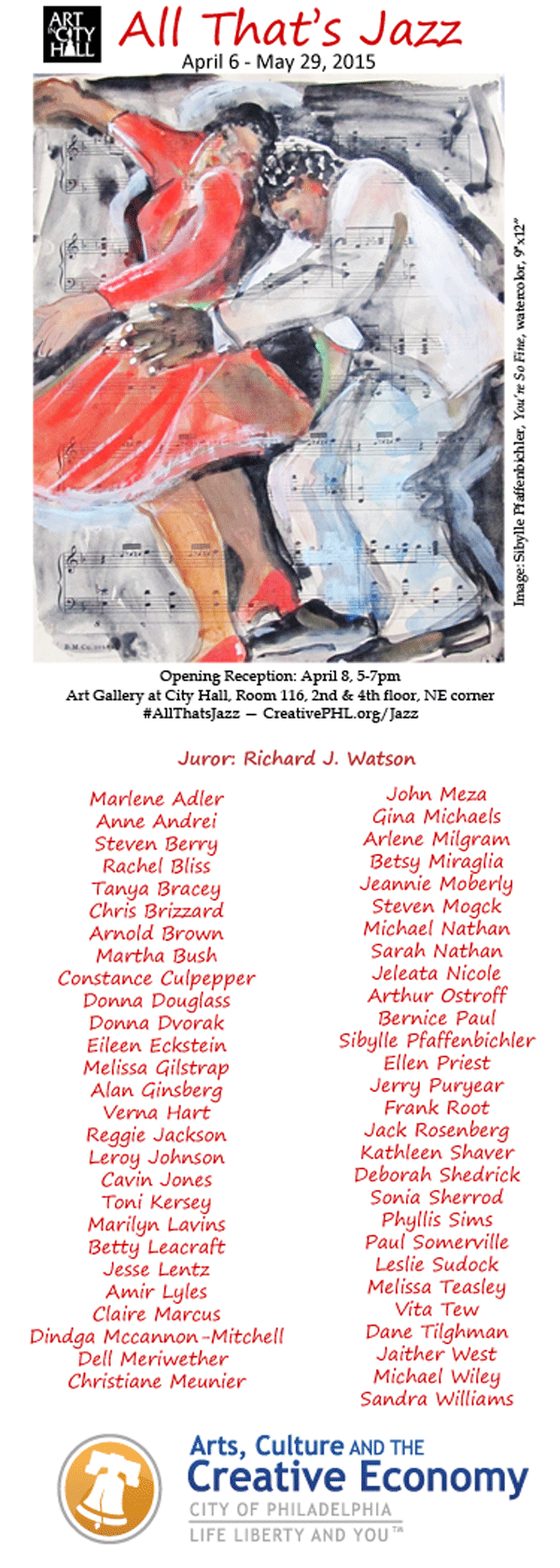
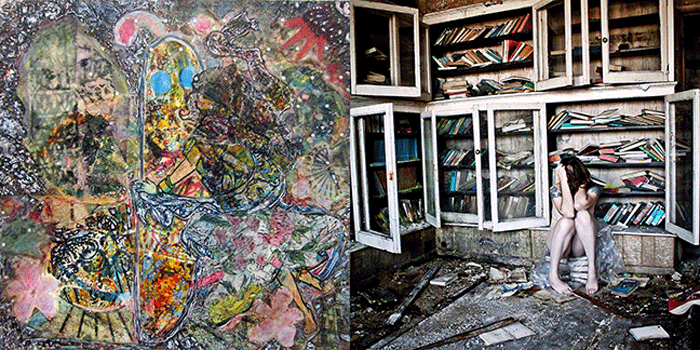
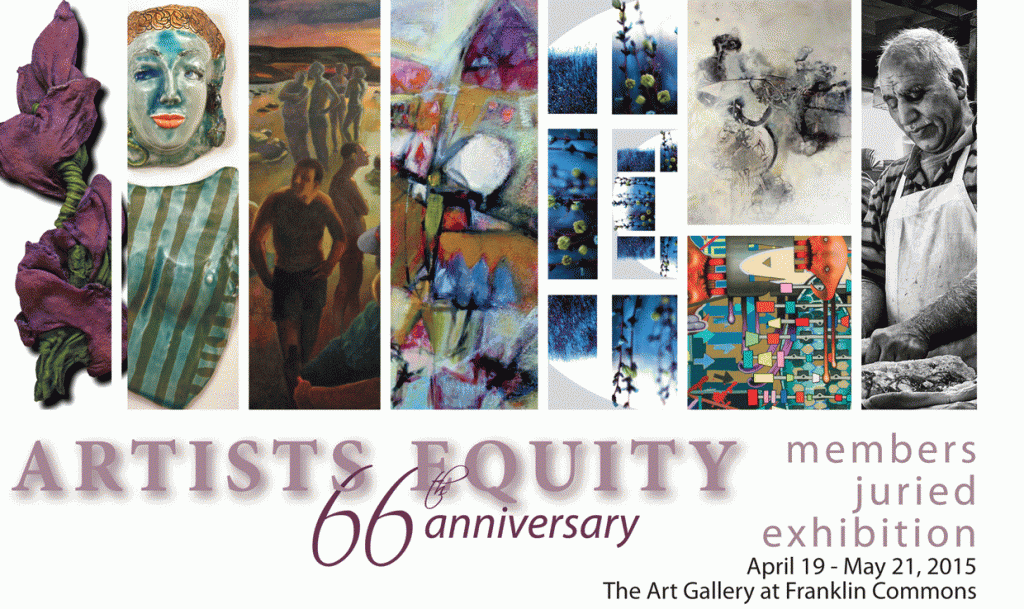
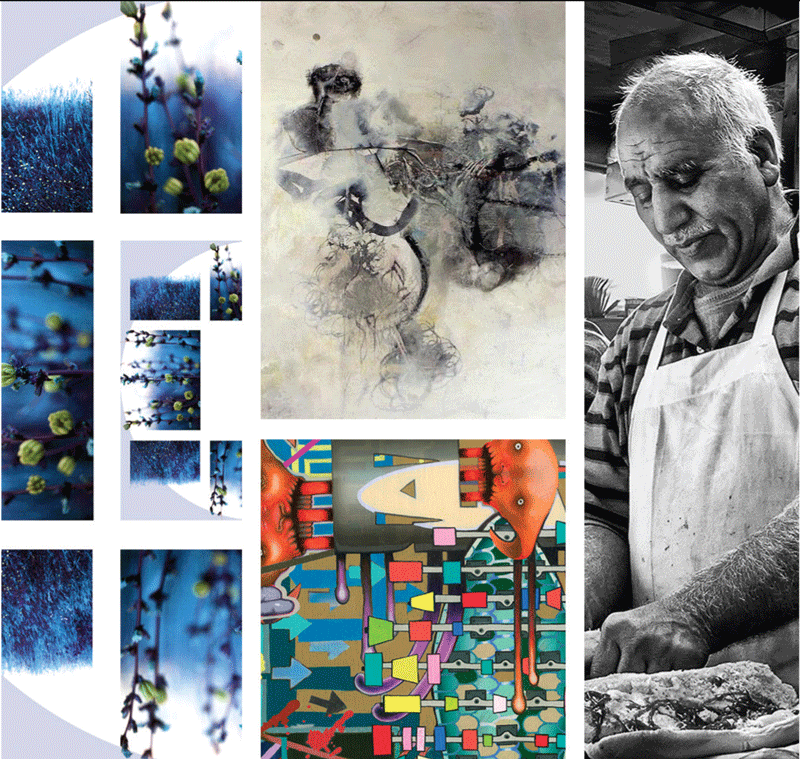
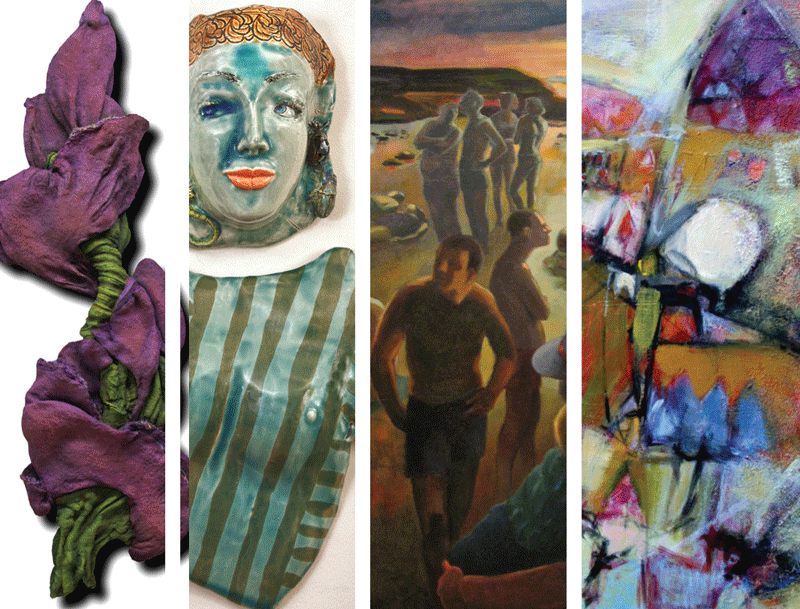
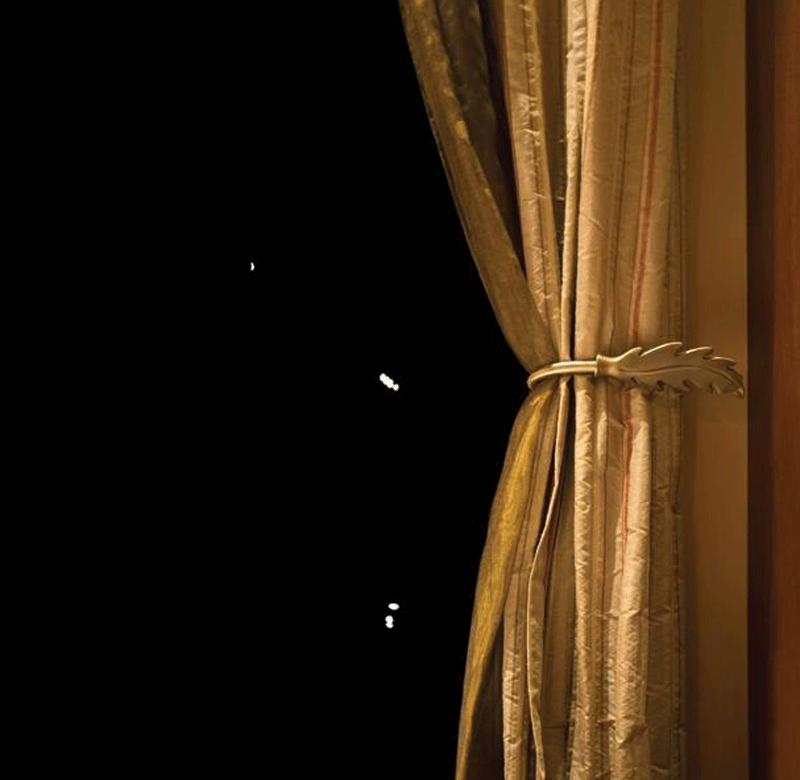
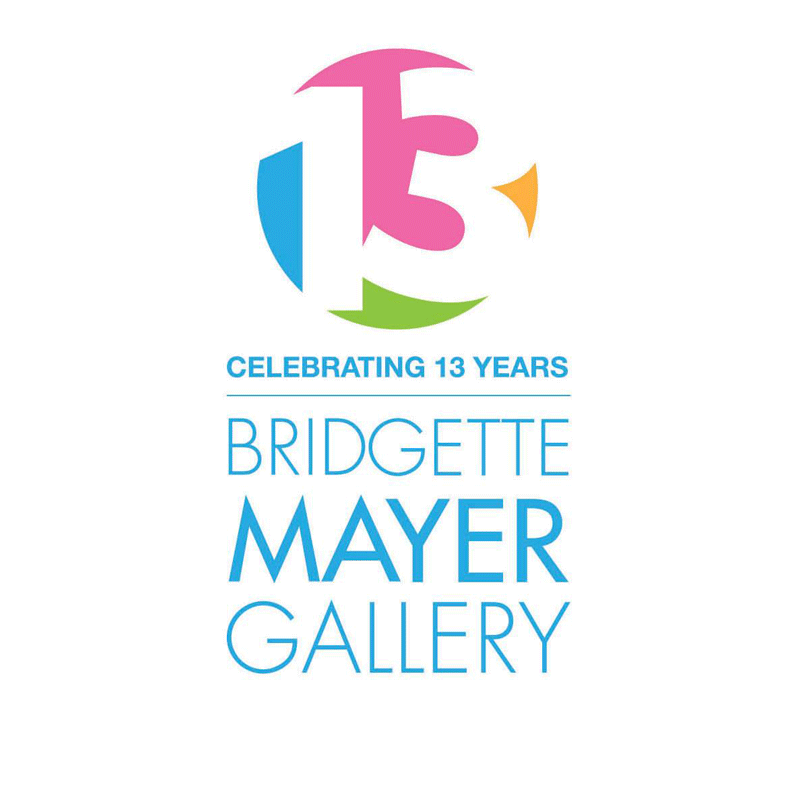

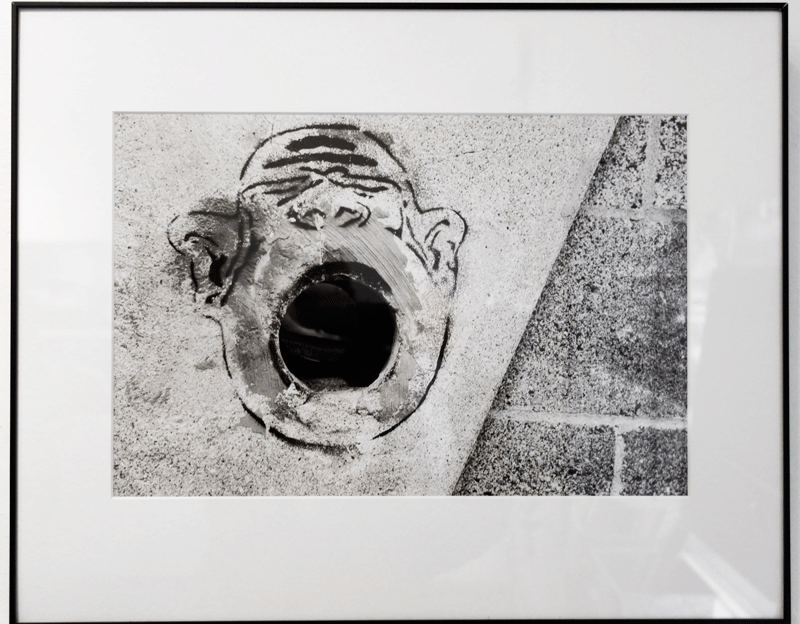
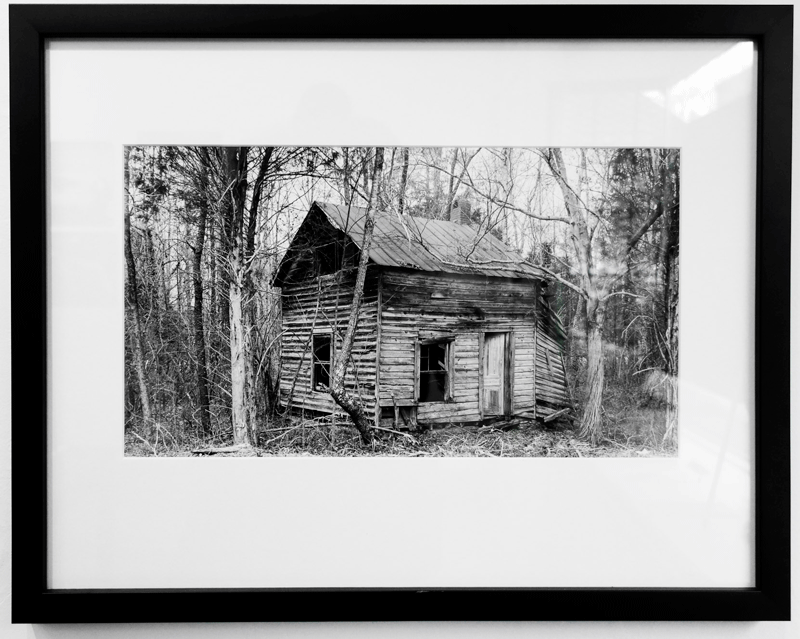
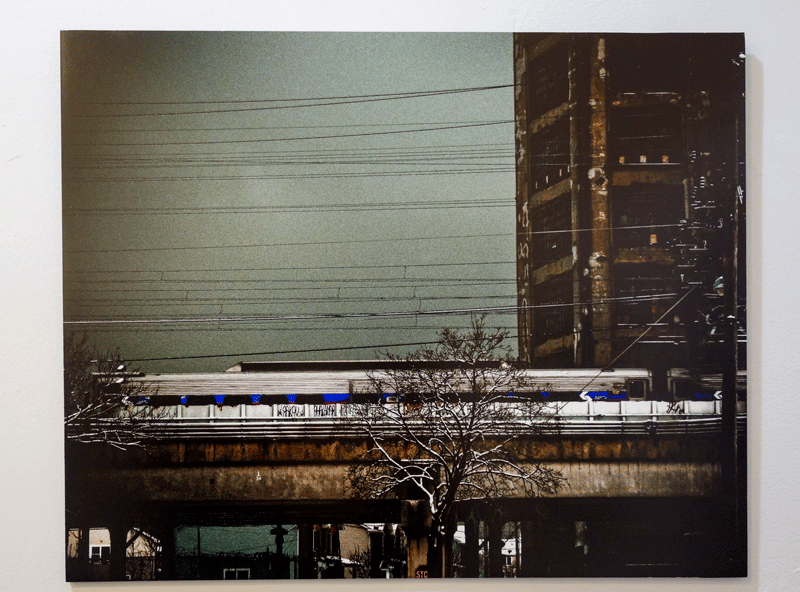
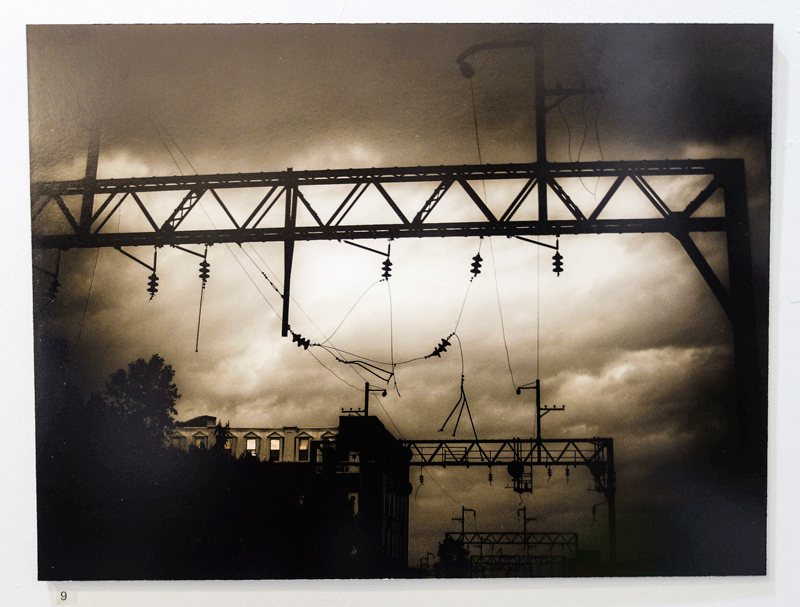
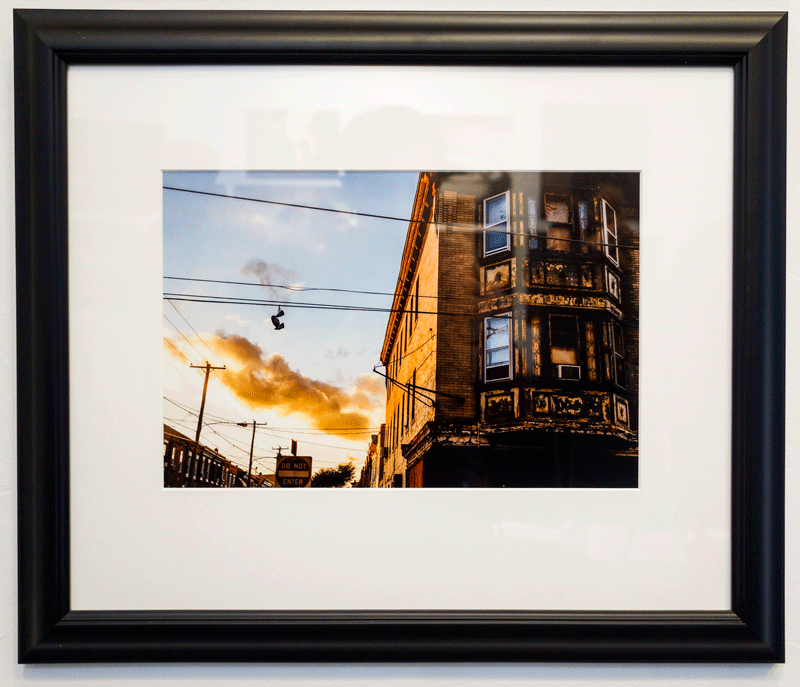 Mystification,
Mystification, 